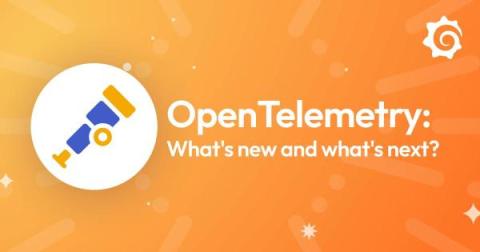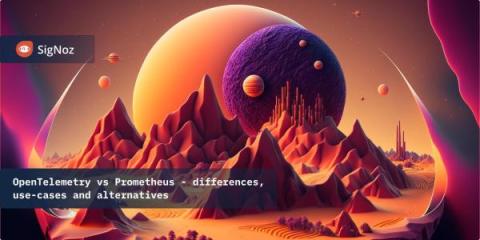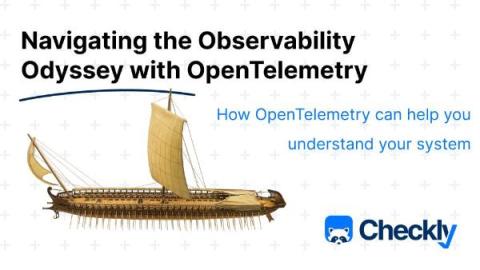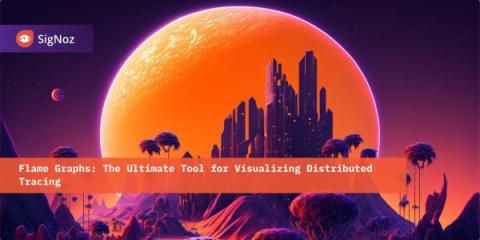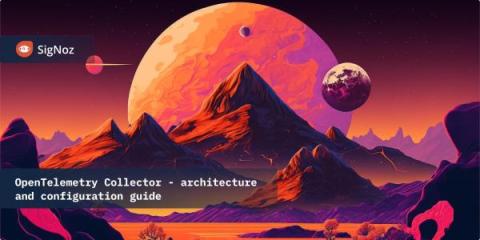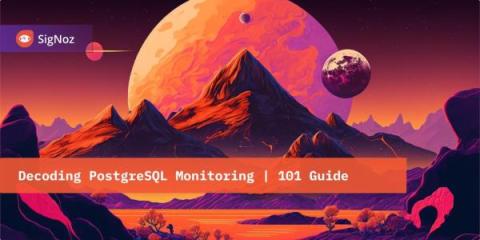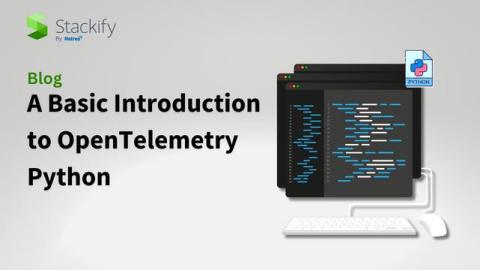16,000+ Github stars, New Design Theme & Front Page of HN - SigNal 33
Welcome to the first SigNal of 2024! It is a year that we’re looking forward to accomplishing great things. We recently crossed 16,000+ GitHub stars as we continue to be amazed by the support of the developer community in our mission of open-source observability. Let’s see what humans of SigNoz were up to in January 2024.




